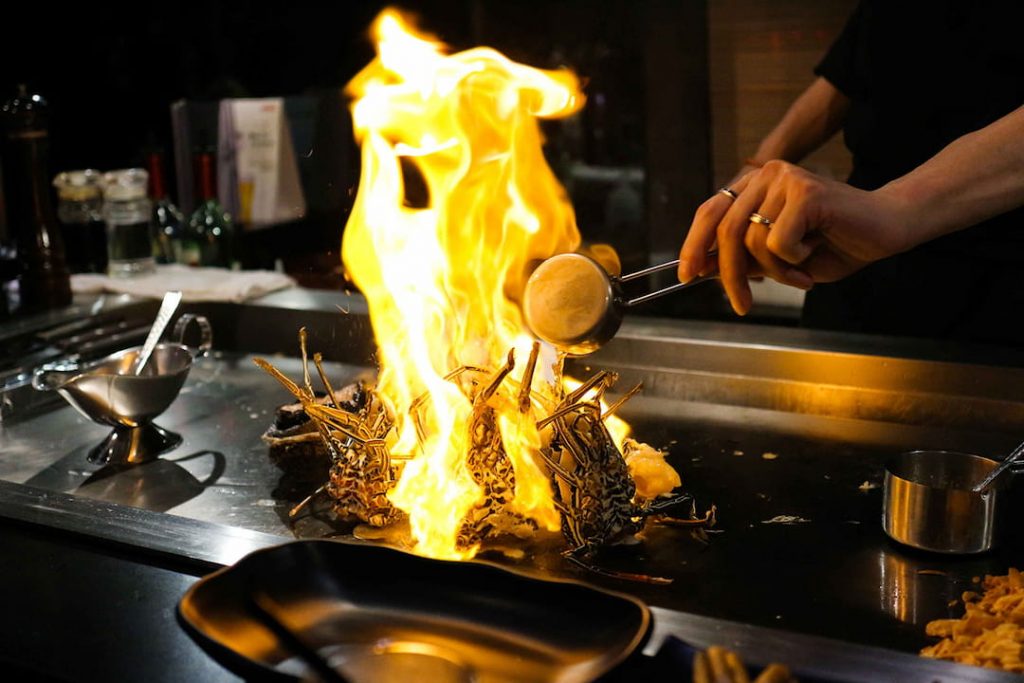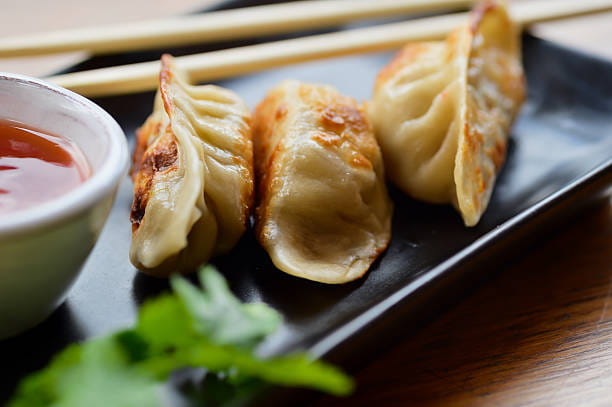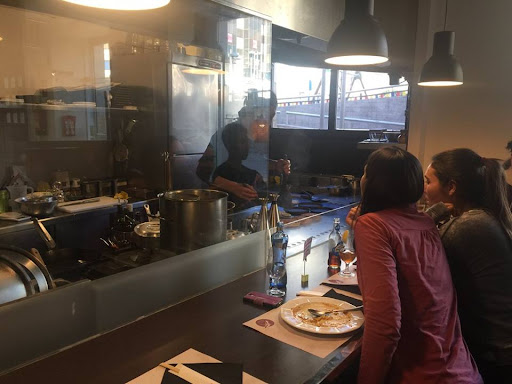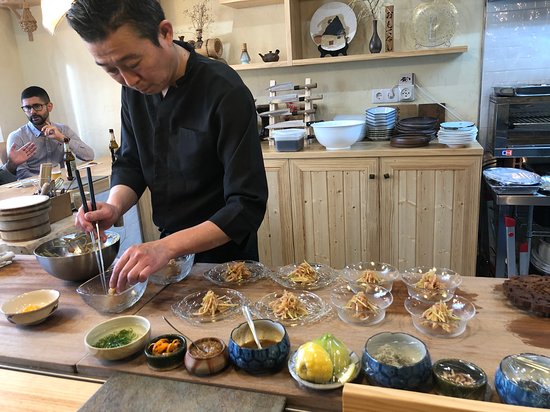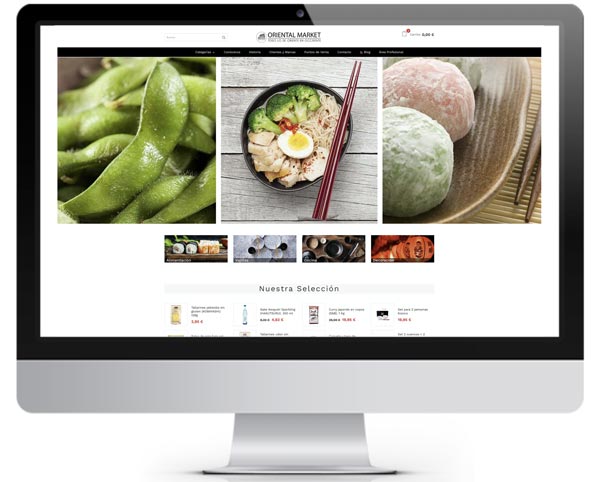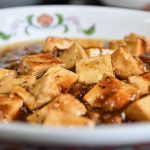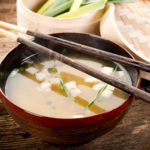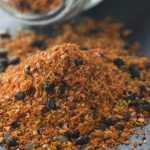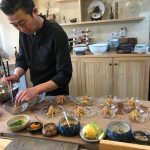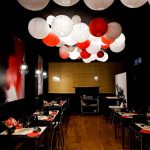You may not be familiar with the term teppanyaki. It sounds like some Asian dish with a strange name, doesn’t it? Well, actually, the word means something simpler than it sounds and something you’re probably very familiar with. To put it very simply, teppanyaki is nothing more than cooking food on a griddle, something that is also very common in the Western world. However, the Japanese always know how to add their own touch to dishes to make them a unique and special experience.
What is a teppanyaki griddle
The term teppanyaki does not actually refer to a griddle or a grill, but to the type of cooking and dishes that are prepared on the griddle. The very construction of the word makes its meaning clear: ‘teppan’ means iron griddle and ‘yaki’ means griddled or grilled. Therefore, in Japan, teppanyaki means all dishes cooked on the type of grill described below.
The teppanyaki griddle is a smooth surface made of stainless steel that reaches very high temperatures. Moreover, it is not a kitchen accessory that can only be found in restaurants, but if you are a lover of this type of Japanese cuisine, you can buy this type of grill and install it in your own kitchen.
The best thing about this way of cooking food is that it is very healthy, as it is still grilling. This means that you can cook meat, fish, vegetables and other foods using very little oil. However, don’t think that teppanyaki is an easy way of cooking, it requires technique. If you have ever been to a teppanyaki restaurant, you will have seen the skill of the cooks, who turn the preparation of the dishes into a real spectacle.
Differences from Hibachi
Although the definition of teppanyaki seems to be quite simple and easy to understand, it is not uncommon to confuse it with another type of cuisine called Hibachi. The main difference between the two types of cooking is the instrument used to cook the food. While teppanyaki consists of a griddle or grill, hibachi uses a different type of plate, which is round and open at the top. In addition, it is designed to burn charcoal or wood, which generates the heat that cooks the ingredients: chicken, salmon, kobe, mushrooms, vegetables… the possibilities provided by both options are endless.
How to clean the teppanyaki grill
Like any culinary tool, the teppanyaki requires care and cleaning techniques so that it continues to cook our ingredients in the best possible way for a long time. During the cooking time of the food, the plate reaches very high temperatures which can cause the remains of the ingredients to get burnt and stick to the grill plate, causing it to start sticking and generating unpleasant flavours.
Ideally, every time you use the griddle, you should clean it properly to extend its life. What is the best way to do this? Well, after finishing the meal, scrape the surface of the griddle with an instrument to remove any food remains that may have become encrusted. Then, in the same way as with glass-ceramic hobs, use a special grill cleaning product. Finally, wipe it dry with a dry cloth and it will be ready to use again.
Origin of the teppanyaki griddle
The history of teppanyaki dates back to 1945 in Misono restaurants. There, chef Shigeji Fujioka started to prepare grilled dishes for the American soldiers who came for the war. Therefore, this type of cuisine has a clear Western influence as it was started to be used to fit more closely with the type of dishes the Americans ate. However, despite some beliefs, teppanyaki cooking and this type of griddle originated in Japan.
After 1945, teppanyaki cooking became popular in both Japan and the United States. In Japan because tourists were fascinated by this technique of cooking food, and in the United States because it was very similar to barbecue, a way of cooking food, especially meat, which was very popular throughout the country.

